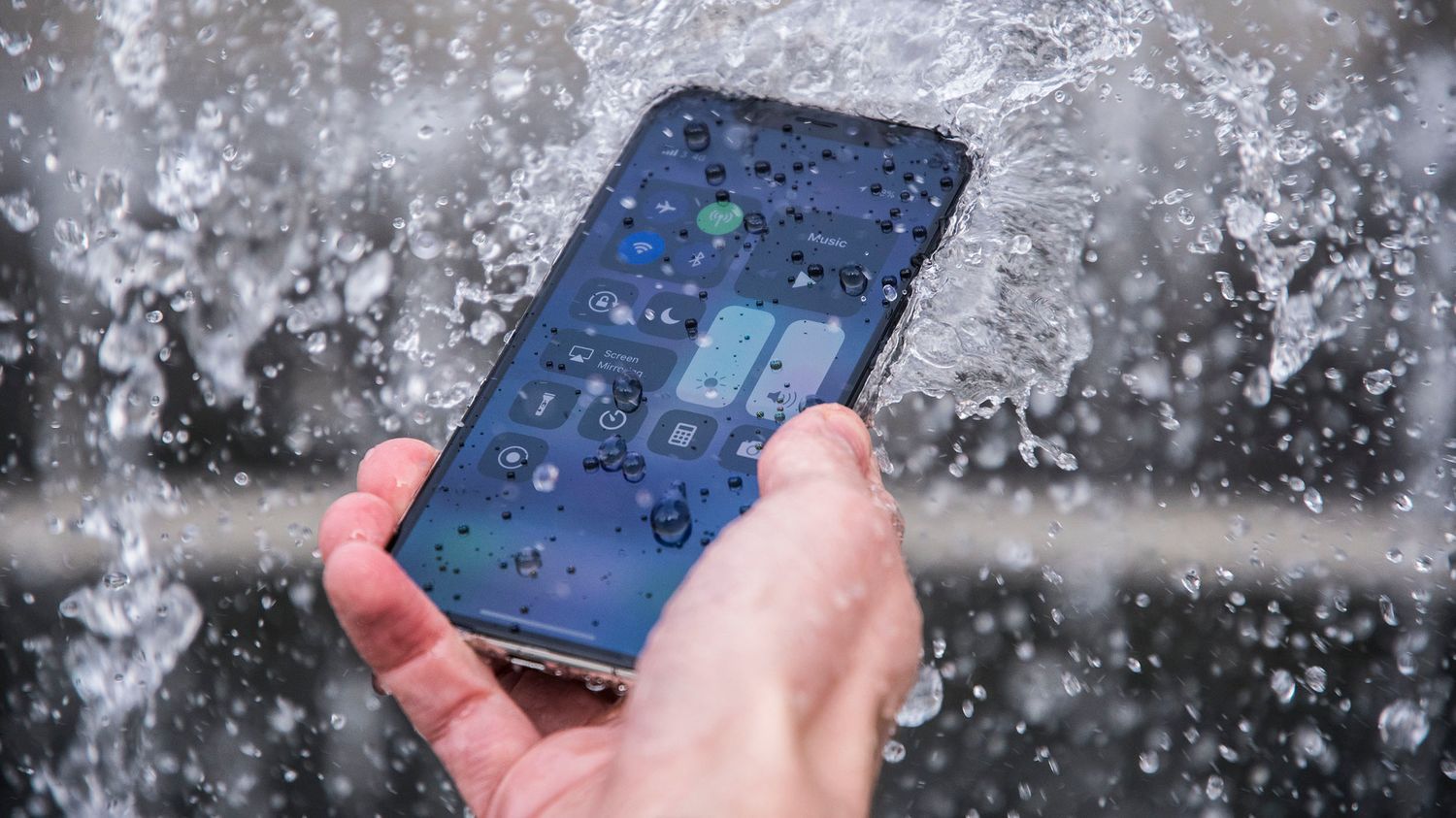
The iPhone 11 is a marvel of modern technology, boasting a range of impressive features that cater to the needs of tech-savvy individuals. One of its standout attributes is its water resistance, a feature that has sparked curiosity and raised questions among potential buyers. In this article, we will delve into the waterproof capabilities of the iPhone 11, exploring its resistance to water and the extent to which it can withstand exposure to liquids. Whether you're an adventurous soul or simply want to ensure your device is protected from accidental spills, understanding the waterproofing of the iPhone 11 is essential. Let's embark on a journey to uncover the truth behind this innovative smartphone's ability to repel water and keep your mind at ease.
Inside This Article
Waterproof Rating of iPhone 11
The iPhone 11 boasts an impressive waterproof rating, making it resistant to water exposure in various scenarios. With an IP68 rating, this device can withstand being submerged in up to 2 meters of water for 30 minutes. This level of protection ensures that the iPhone 11 remains safeguarded against accidental spills, splashes, and even brief submersion in water.
Apple’s commitment to enhancing the durability of its devices is evident in the iPhone 11’s waterproof design. The incorporation of advanced seals and gaskets provides an extra layer of defense, preventing water from seeping into critical components. This feature not only safeguards the device against water damage but also enhances its overall resilience in challenging environments.
Furthermore, the waterproof capabilities of the iPhone 11 offer users the freedom to capture stunning photos and videos in aquatic settings without worrying about potential water-related damage. Whether it’s documenting a beach vacation or capturing underwater scenes, the iPhone 11 empowers users to unleash their creativity without compromising the device’s integrity.
Water Resistance Tests
Apple’s claims about the water resistance of the iPhone 11 are put to the test through rigorous evaluations. These tests involve subjecting the device to various water-related scenarios to determine its ability to withstand moisture and liquid exposure. The results of these assessments provide valuable insights into the device’s durability in real-world conditions.
During water resistance tests, the iPhone 11 is exposed to different water depths and durations, simulating scenarios such as accidental submersion in shallow water or exposure to rain. The device undergoes thorough examinations to ensure that its components remain fully functional and undamaged after being subjected to these conditions.
Furthermore, the tests assess the iPhone 11’s ability to resist water ingress through its ports and openings. This is crucial in determining the device’s overall resilience to moisture, as it ensures that the internal components remain protected from potential water damage.
By undergoing comprehensive water resistance tests, the iPhone 11 demonstrates its capability to withstand water exposure, providing users with confidence in using the device in various environments without compromising its performance or longevity.
Understanding IP Ratings
When it comes to assessing the level of protection a device offers against water and dust, understanding the IP ratings is crucial. The “IP” in IP ratings stands for “Ingress Protection,” and it is followed by two digits. The first digit indicates the device’s resistance to solid particles, while the second digit pertains to its resistance to liquids.
For instance, the iPhone 11 boasts an IP68 rating. The “6” in IP68 signifies that the device is entirely dust-tight, meaning it offers the highest level of protection against solid particles. Meanwhile, the “8” indicates that the iPhone 11 can withstand immersion in water up to 1.5 meters deep for 30 minutes, surpassing the capabilities of its predecessors.
It’s important to note that while an IP rating provides valuable insight into a device’s durability, it’s not a blanket guarantee against damage. Factors such as water pressure, temperature, and the condition of the water can impact the device’s performance. Thus, while the IP68 rating of the iPhone 11 is impressive, it’s still advisable to exercise caution and not intentionally expose the device to excessive water depths or durations.
Conclusion
With its impressive water resistance rating of up to 2 meters for 30 minutes, the iPhone 11 proves to be a reliable companion in various environments. Whether you’re capturing precious moments by the pool, enjoying outdoor activities, or simply navigating through unexpected downpours, the iPhone 11’s exceptional waterproof feature provides peace of mind. This level of protection ensures that your device can withstand accidental water exposure, offering durability and resilience against the elements. As a result, the iPhone 11 stands out as a versatile and robust smartphone that empowers users to embrace life’s adventures without compromising on functionality or performance.
FAQs
Q: Is iPhone 11 waterproof?
A: The iPhone 11 is water-resistant, with an IP68 rating, meaning it can withstand being submerged in up to 2 meters of water for 30 minutes.
Q: Can I take my iPhone 11 swimming?
A: While the iPhone 11 is water-resistant, it’s not designed for prolonged exposure to water, such as swimming. It’s best to avoid submerging it for extended periods.
Q: What should I do if my iPhone 11 gets wet?
A: If your iPhone 11 gets wet, dry it thoroughly with a soft, lint-free cloth and avoid charging it until it’s completely dry. If water enters the device, seek professional assistance.
Q: Can I use my iPhone 11 in the rain?
A: Yes, the iPhone 11’s water resistance allows it to withstand exposure to rain and splashes. However, it’s advisable to protect it from excessive moisture whenever possible.
Q: Does water resistance diminish over time?
A: While the iPhone 11’s water resistance is designed to last, factors such as wear and tear or damage to the device can affect its ability to repel water. Regularly inspecting the device can help maintain its water resistance.
